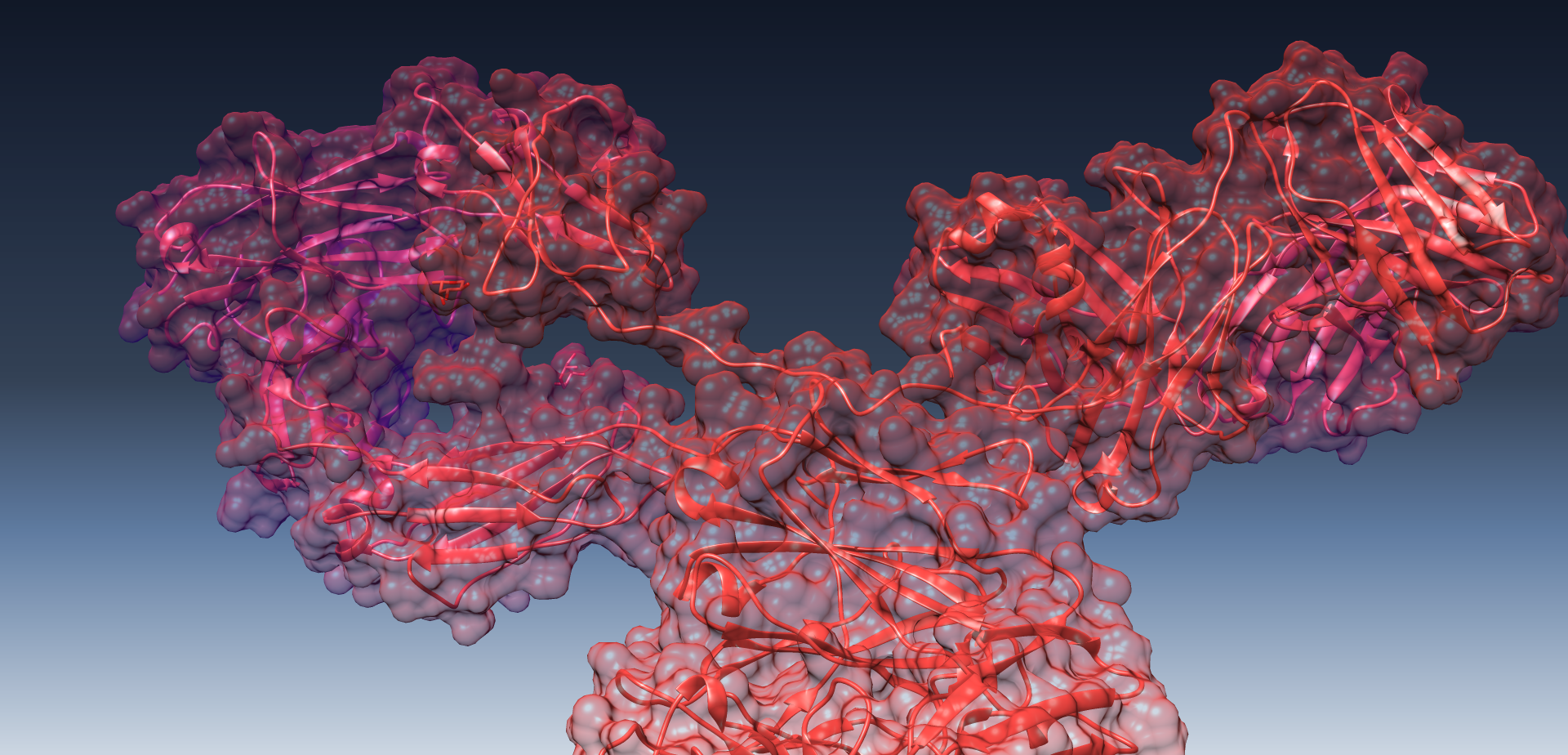Filters
Results: 91
*These results are directly pulled from PubMed and are not verified or endorsed by NIST. This page is not a comprehensive list of publications.
Recommended nomenclature convention for the NISTCHO cell line and its product monoclonal antibody, cNISTmAb
Saturday, April 12 2025
NISTCHO is a Chinese hamster ovary (CHO) cell line expressing the same amino acid sequences as the heavy and light chains of the National Institute of Standards and Technology (NIST) monoclonal antibody [Reference Material (RM) 8671 NISTmAb]. NISTCHO was generated by MilliporeSigma to be developed by NIST as a RM to support biomanufacturing research and innovation, method development and qualification, and pre-competitive research collaboration. The RM cell line, denoted as RM 8675 NISTCHO,...
A novel in vitro serum stability assay for antibody therapeutics incorporating internal standards
Monday, March 17 2025
Antibody-based therapeutics have demonstrated remarkable therapeutic benefit, but their susceptibility to biotransformation and degradation in the body can affect their safety, efficacy, and pharmacokinetic/pharmacodynamic (PK/PD) profiles. In vitro stability assessments play a pivotal role in proactively identifying potential liabilities of antibody therapeutics prior to animal studies. Liquid chromatography-mass spectrometry (LC-MS)-based in vitro stability assays has been developed and...
Multilevel─Intact, Subunits, and Peptides─Characterization of Antibody-Based Therapeutics by a Single-Column LC-MS Setup
Tuesday, February 25 2025
A comprehensive characterization of biotherapeutics, mandated by regulatory authorities, requires analyses of a protein drug at multiple structure levels. Such multilevel characterization can be performed by mass spectrometry (MS), with established conventional MS-based assays of product quality attributes (PQAs) comprising intact protein and subunit middle-up MS with analytes resolved on a C4 column, and bottom-up peptide mapping with analytes resolved on a C18 column. Recent advances in MS...
"Small is beautiful" - Examining reliable determination of low-abundant therapeutic antibody glycovariants
Friday, January 24 2025
Glycans associated with biopharmaceutical drugs play crucial roles in drug safety and efficacy, and therefore, their reliable detection and quantification is essential. Our study introduces a multi-level quantification approach for glycosylation analysis in monoclonal antibodies (mAbs), focusing on minor abundant glycovariants. Mass spectrometric data is evaluated mainly employing open-source software tools. Released N-glycan and glycopeptide data form the basis for integrating information...
Structure and Dynamics of Monoclonal Antibody Domains Using Spins, Scattering, and Simulations
Monday, January 13 2025
Antibody-based pharmaceuticals are the leading biologic drug platform (> $75B/year).^([1]) Despite a wealth of information collected on them, there is still a lack of knowledge on their inter-domain structural distributions, which impedes innovation and development. To address this measurement gap, we have developed a new methodology to derive biomolecular structure ensembles from distance distribution measurements via a library of tagged proteins bound to an unlabeled and otherwise unmodified...
